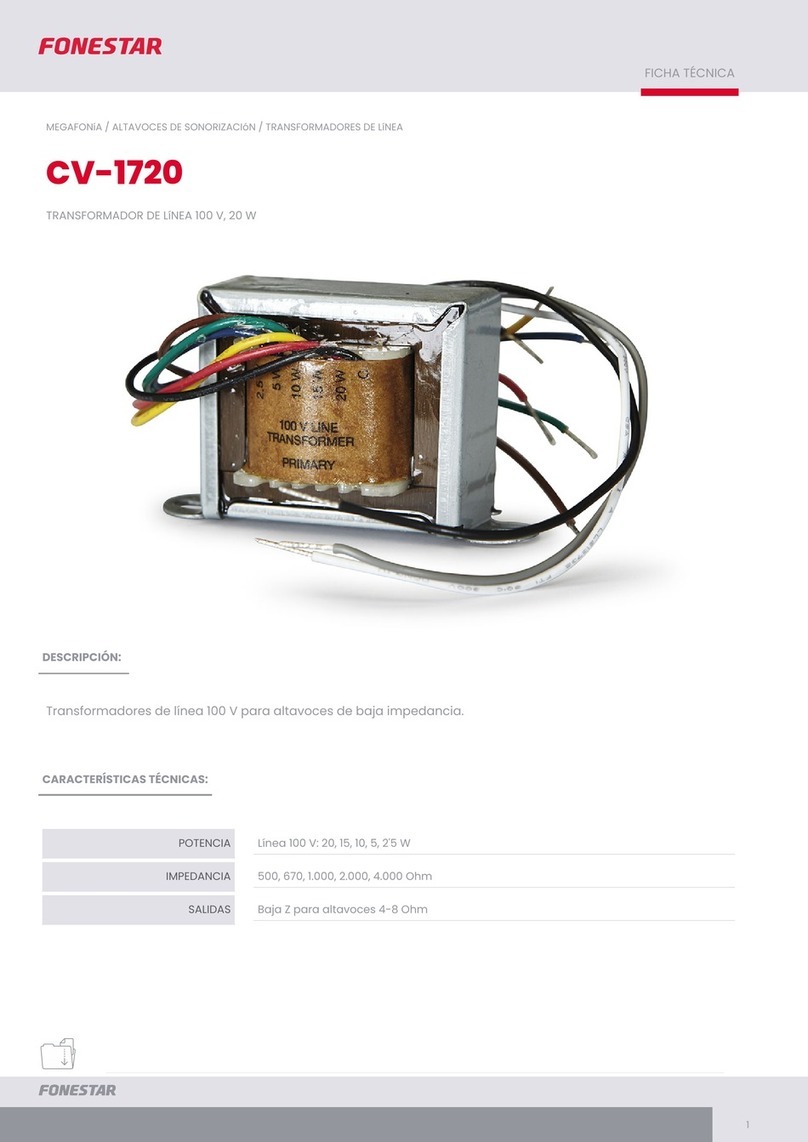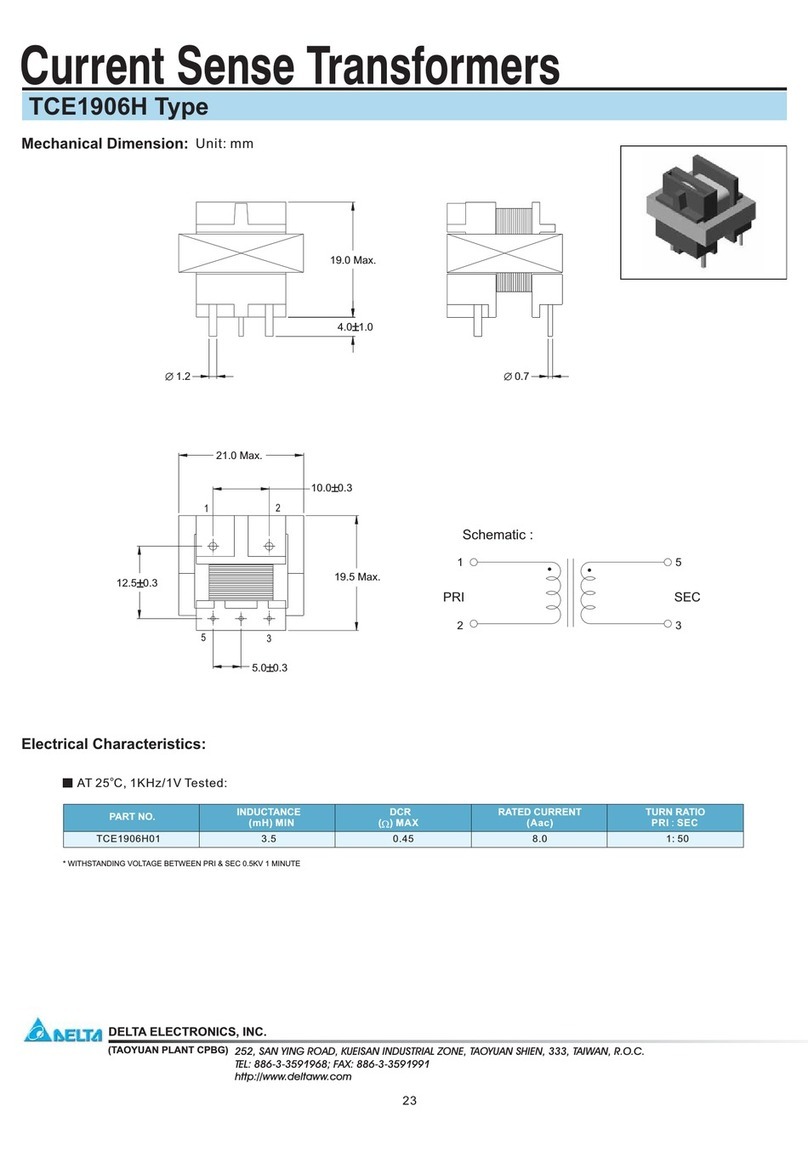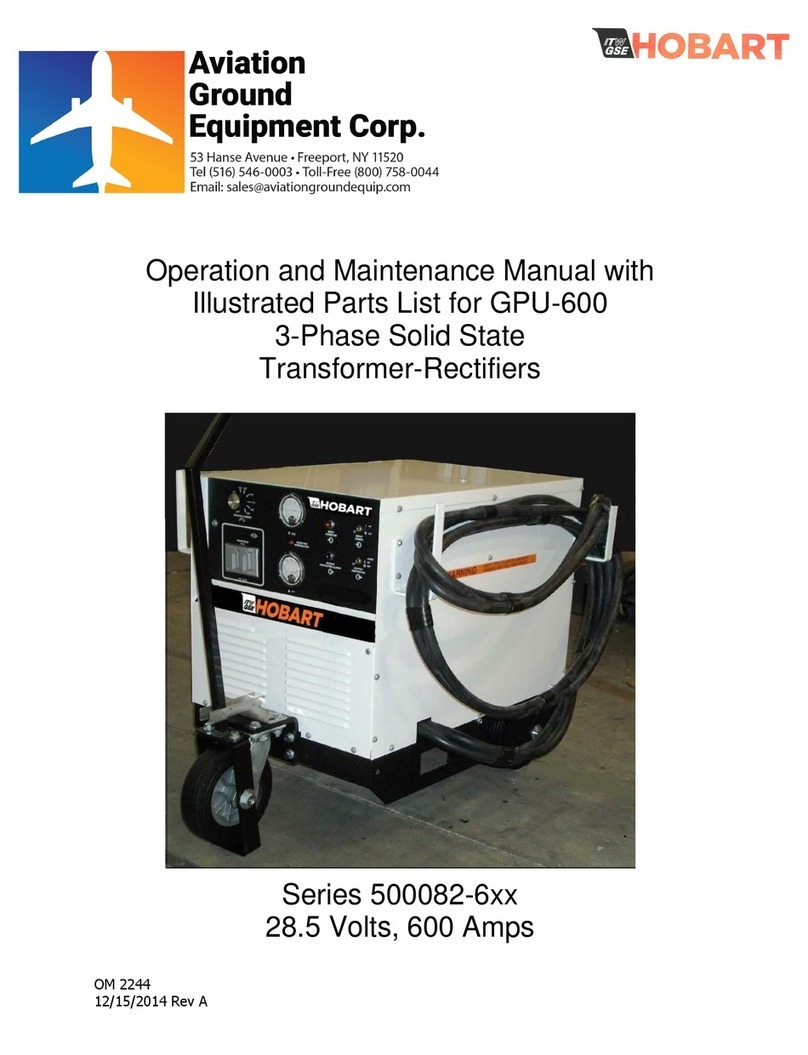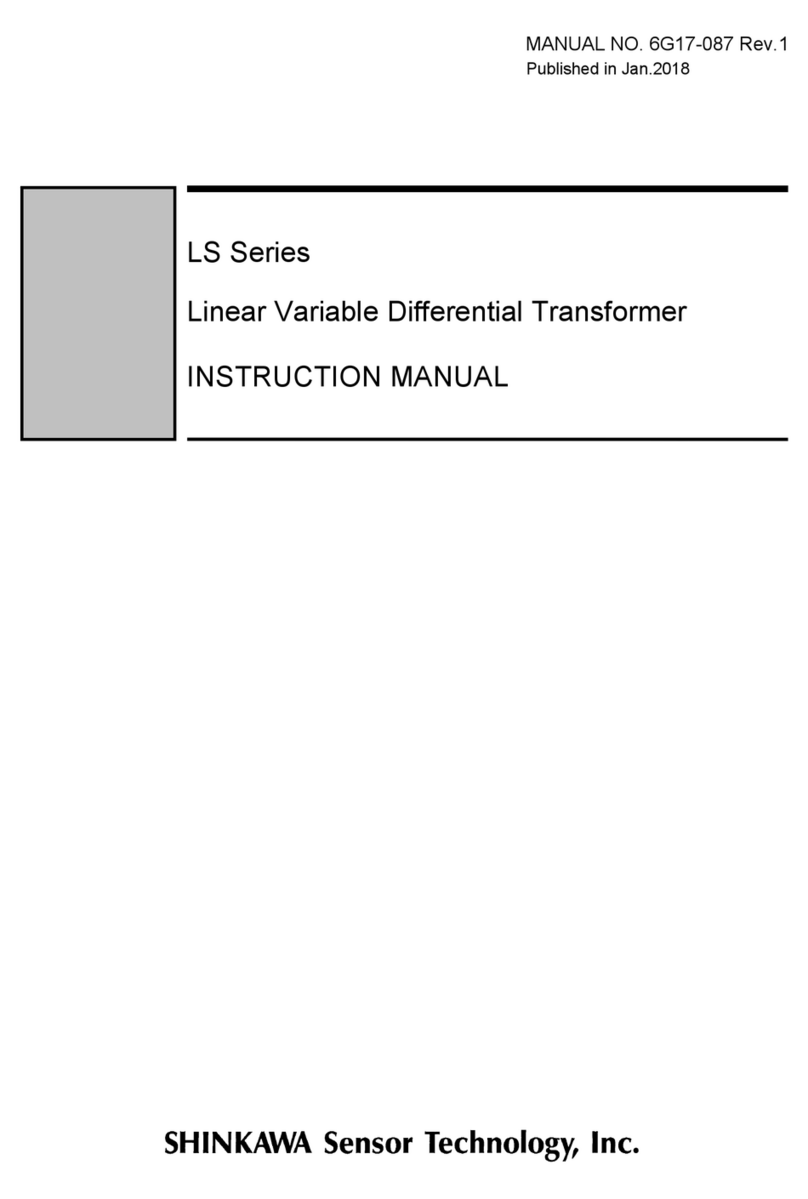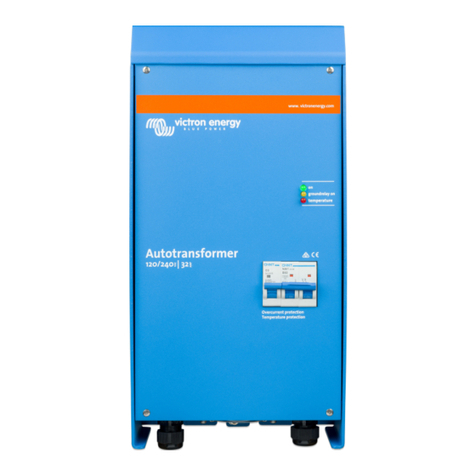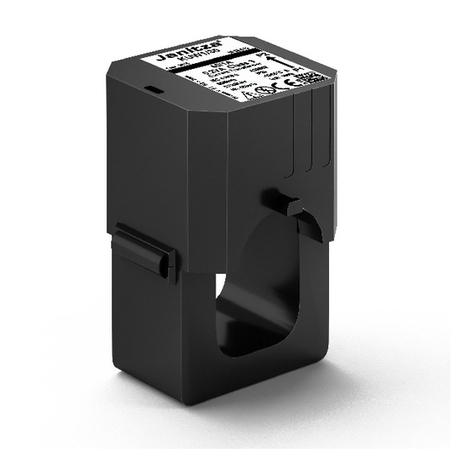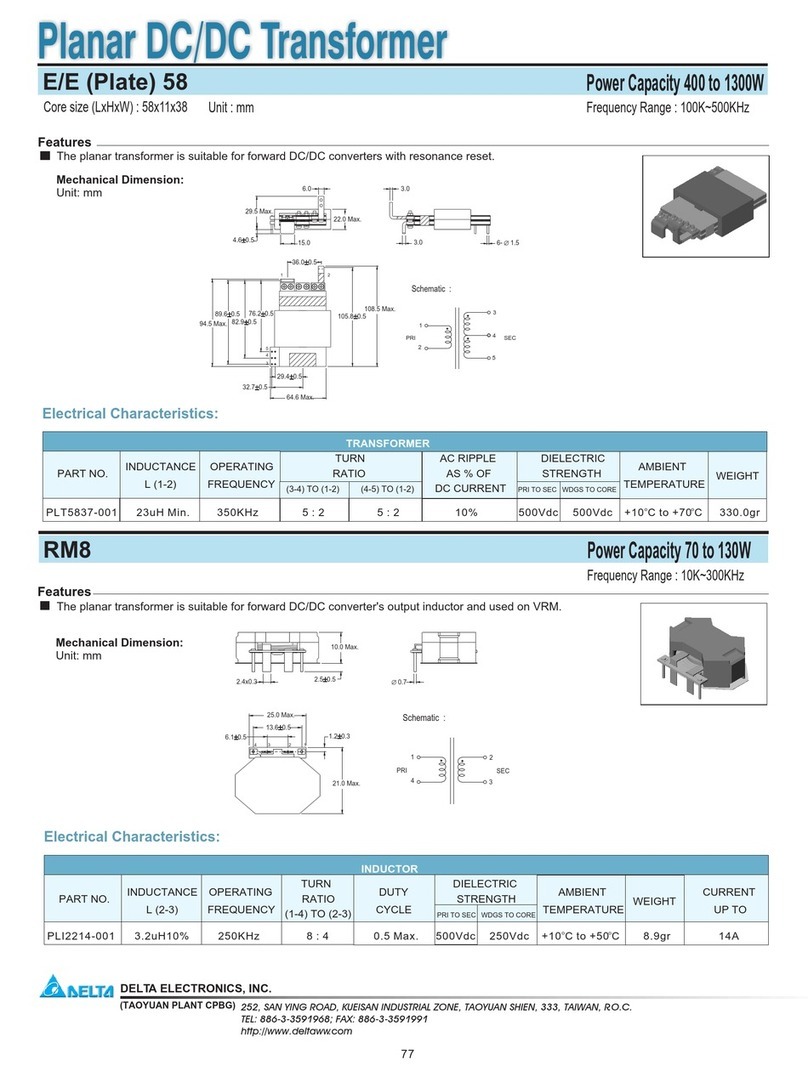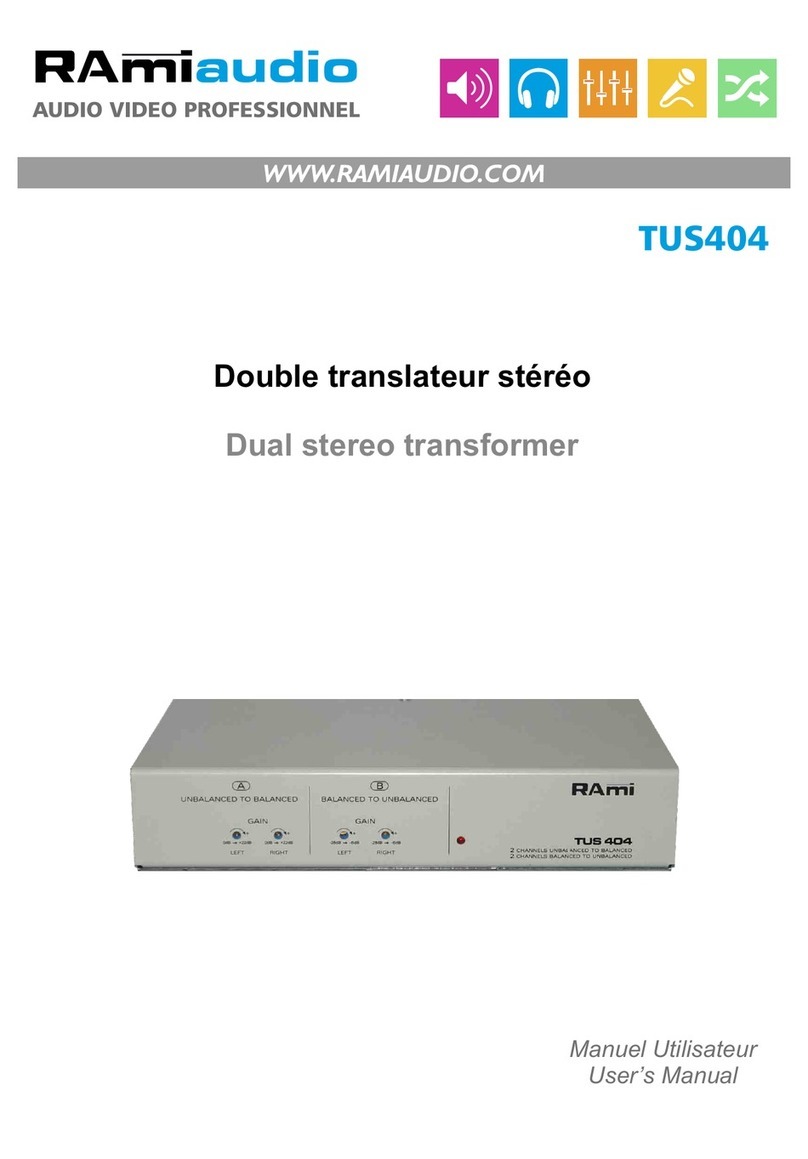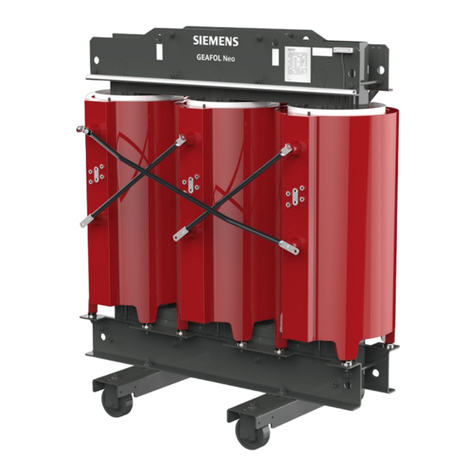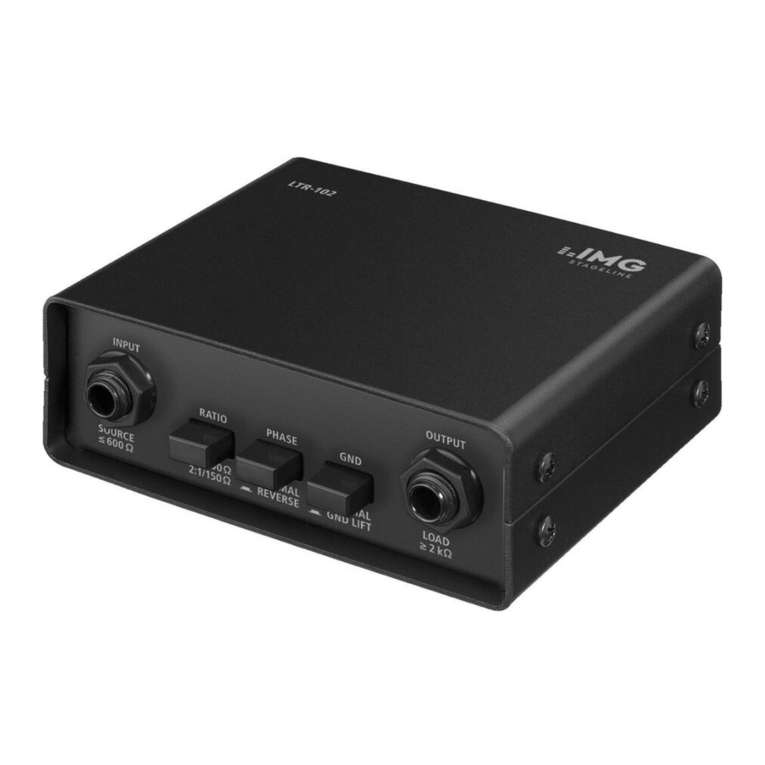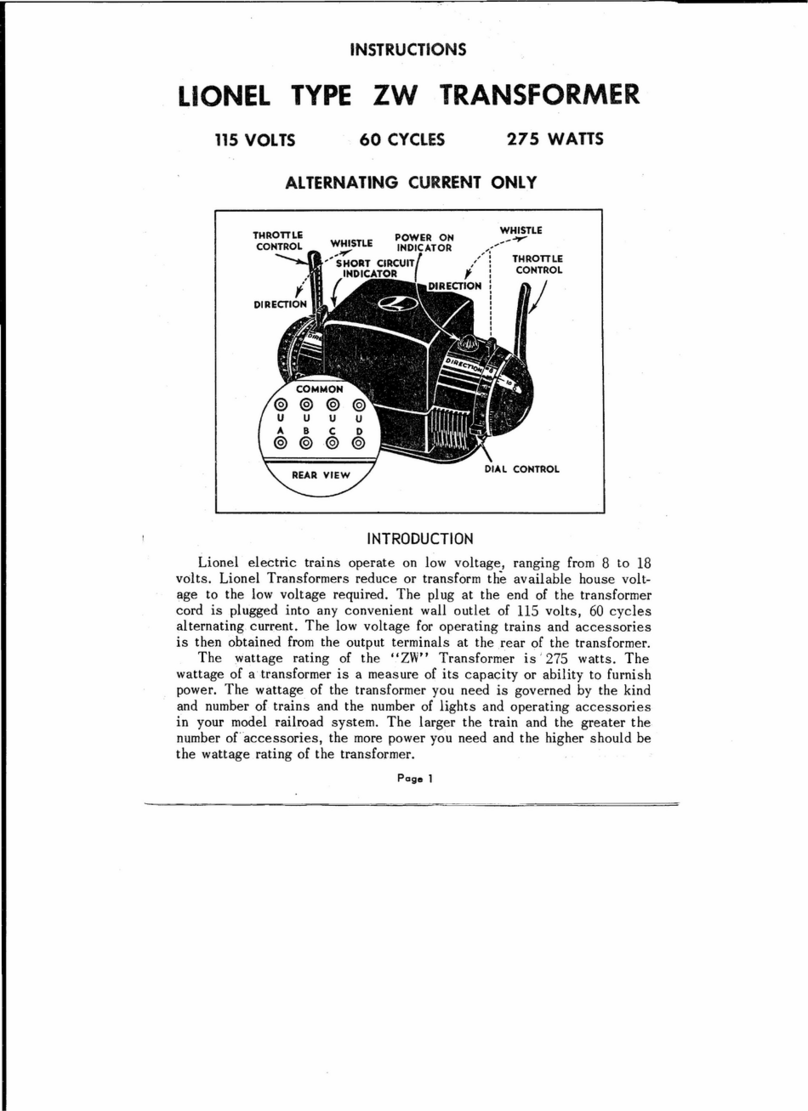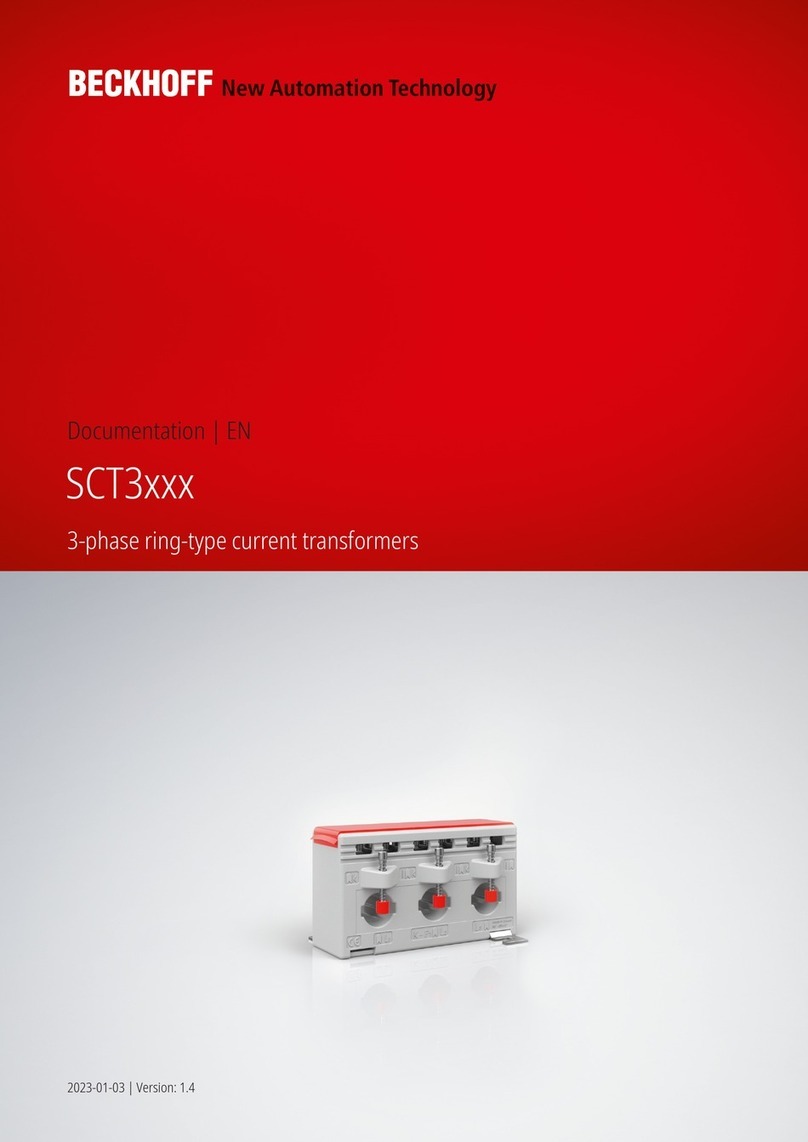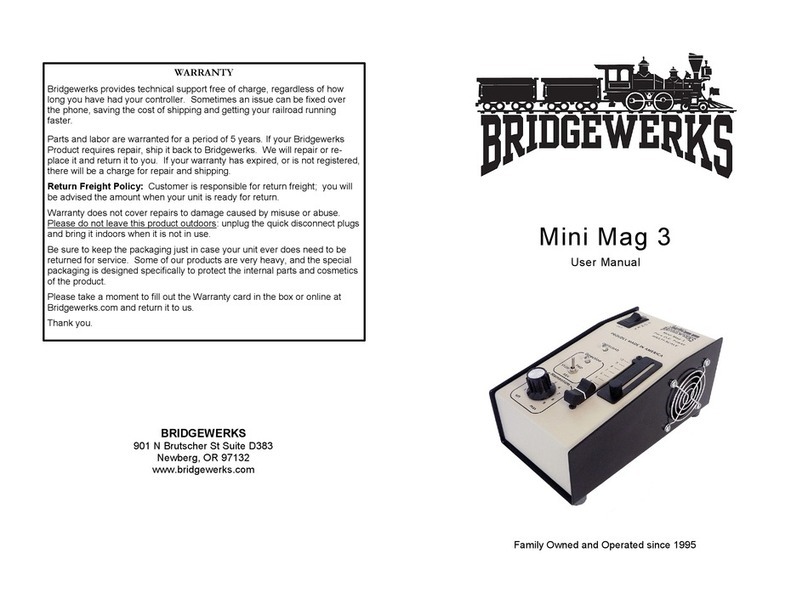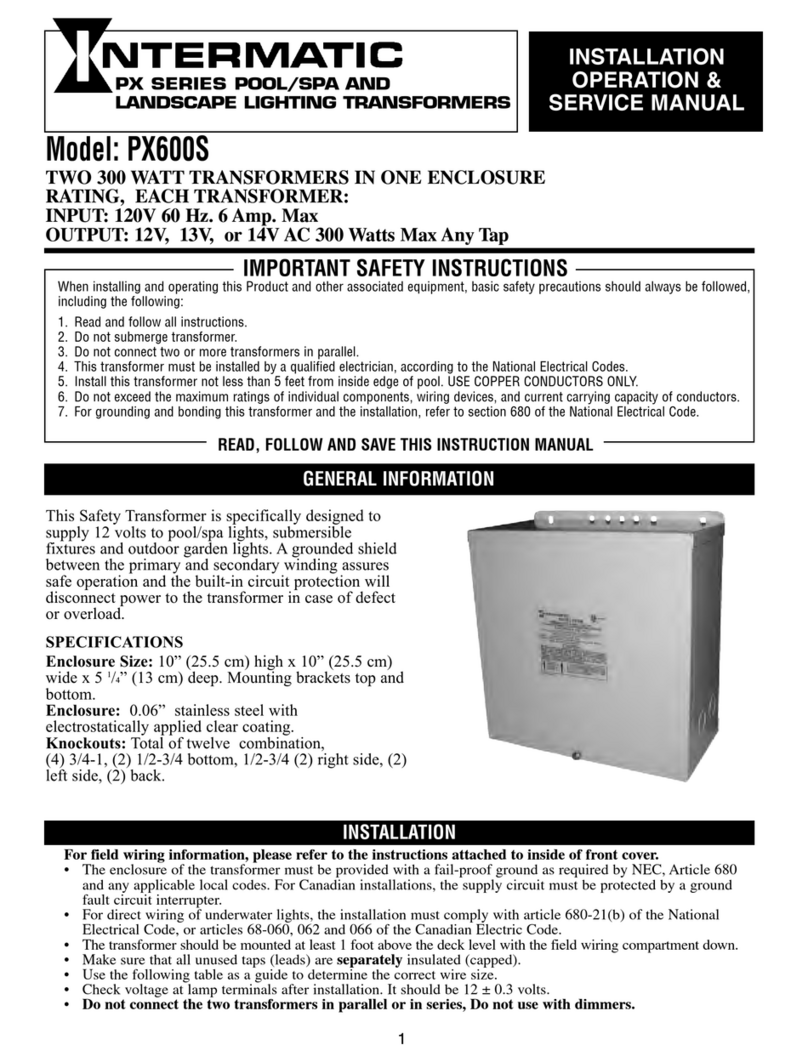
1. Safety Instructions
WARNING: Before installing, using, storing or transporting this product, read and save the safety instructions
below.
General:
• Review the related documentation of this product to familiarise yourself with safety markings and
instructions before operating the equipment. This product has been designed and tested in accordance with
international standards. Only use the equipment for the intended purpose of application and in accordance
with the specifications as stated in the Technical specification chapter.
• WARNING: RISK OF ELECTRIC SHOCK.
• Do not open the enclosure if the product is still connected to an electrical power source.
• Do not remove the front panel or operate the product without all panels fitted. Refer all servicing to qualified
personnel.
• Caution: never carry heavy loads without assistance.
• Do not expose the product to water, mist, snow, spray, or dust.
• Do not use the product in locations where there is a risk of gas or dust explosions. This product is not
ignition protected.
Installation:
• Always refer to the installation section in the manual before applying power to the equipment.
• Connections, cable sizes and safety features must be according to the locally applicable regulations.
• This is a safety class I product (provided with a protective earthing terminal). An uninterruptible safety
earth ground must be provided at the AC-in and AC-out terminals. An additional grounding point is located
at the outside of the product. Whenever it is likely that the grounding protection has been impaired, the
product must be made inoperative and secured against any unintended operation; refer to qualified service
personnel.
• Make sure that circuit breakers are provided in the connecting wires. Never replace a safety component
with a different type. Consult the manual to determine the correct component.
• Before applying power, verify that the available power source matches the configuration settings of the
product as described in the manual.
• Ensure that the environmental conditions are suitable for the operation of the equipment. Never operate
the product in the rain or a dusty environment. Allow at least 10cm of free space around the product for
ventilation, and ensure that ventilation fans are not blocked. Install in a well-ventilated and heat-resistant
environment. Avoid the presence of, e.g. chemicals, synthetic components, curtains or other textiles in the
immediate vicinity of the product.
• Be sure that the demanded power does not exceed the product's power rating.
Transport and storage:
• When storing or transporting the product, make sure that all mains power leads are disconnected.
• No liability can be accepted for any transport damage when equipment is shipped in non-original packaging.
• Store the product in a dry location. Storage temperature must be between -20°C and 60°C.
Isolation Transformer
Page 1 Safety Instructions

